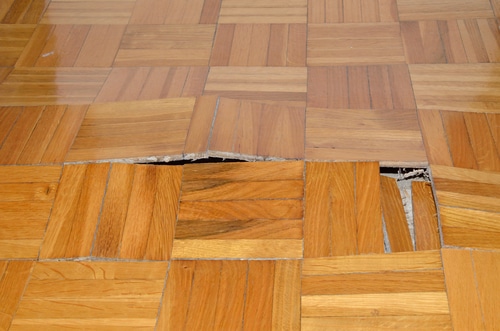Overview To Water Leakage Discovery In The House
Overview To Water Leakage Discovery In The House
Blog Article
They are making several great observations relating to Finding hidden leaks in general in the content beneath.

Early discovery of dripping water lines can minimize a possible catastrophe. Besides saving you money, it will certainly minimize the irritation and frustration. The moment you locate a leakage, calling your plumber for repairs is the most effective remedy. Some little water leakages may not be noticeable. If you can not identify it with your nude eyes, here are some hacks that help.
1. Examine the Water Meter
Inspecting it is a surefire method that assists you uncover leakages. If it moves, that suggests a fast-moving leakage. This implies you might have a slow leak that can even be underground.
2. Examine Water Consumption
If you find abrupt changes, in spite of your usage being the very same, it suggests that you have leakages in your plumbing system. An abrupt spike in your expense shows a fast-moving leakage.
A stable boost every month, also with the very same behaviors, reveals you have a slow leakage that's likewise slowly intensifying. Call a plumber to completely inspect your residential property, specifically if you really feel a warm location on your flooring with piping underneath.
3. Do a Food Coloring Test
When it involves water consumption, 30% comes from toilets. Test to see if they are running correctly. Drop flecks of food shade in the container as well as wait 10 mins. There's a leakage in between the container and also dish if the shade somehow infiltrates your bowl throughout that time without flushing.
4. Asses Exterior Lines
Don't neglect to check your exterior water lines too. Must water permeate out of the connection, you have a loosened rubber gasket. One tiny leakage can throw away heaps of water and surge your water costs.
5. Assess the scenario as well as check
Property owners ought to make it a practice to examine under the sink counters as well as also inside cabinets for any kind of bad odor or mold and mildew growth. These 2 red flags indicate a leak so punctual interest is called for. Doing routine examinations, even bi-annually, can save you from a significant trouble.
Much more importantly, if you know your home is already old, keep a watchful eye on your heating systems, hoses, pipes etc. Check for stainings and also weakening as most pipelines and also devices have a life expectancy. They will likewise naturally wear away because of damage. Don't wait for it to escalate if you suspect leaking water lines in your plumbing system. Call a specialist plumber as soon as possible so you do not wind up with an awful mess in your home.
Early detection of leaking water lines can minimize a possible calamity. Some small water leaks might not be noticeable. Inspecting it is a surefire way that assists you find leakages. One small leak can waste tons of water and also surge your water bill.
If you think leaking water lines in your plumbing system, don't wait for it to rise.
WARNING SIGNS OF WATER LEAKAGE BEHIND THE WALL
PERSISTENT MUSTY ODORS
As water slowly drips from a leaky pipe inside the wall, flooring and sheetrock stay damp and develop an odor similar to wet cardboard. It generates a musty smell that can help you find hidden leaks.
MOLD IN UNUSUAL AREAS
Mold usually grows in wet areas like kitchens, baths and laundry rooms. If you spot the stuff on walls or baseboards in other rooms of the house, it’s a good indicator of undetected water leaks.
STAINS THAT GROW
When mold thrives around a leaky pipe, it sometimes takes hold on the inside surface of the affected wall. A growing stain on otherwise clean sheetrock is often your sign of a hidden plumbing problem.
PEELING OR BUBBLING WALLPAPER / PAINT
This clue is easy to miss in rooms that don’t get much use. When you see wallpaper separating along seams or paint bubbling or flaking off the wall, blame sheetrock that stays wet because of an undetected leak.
BUCKLED CEILINGS AND STAINED FLOORS
If ceilings or floors in bathrooms, kitchens or laundry areas develop structural problems, don’t rule out constant damp inside the walls. Wet sheetrock can affect adjacent framing, flooring and ceilings.
https://www.servicemasterbyzaba.com/blog/how-to-detect-water-leakage-in-walls/

As a devoted reader on Hacks to detect leaks, I assumed sharing that information was important. Loved our write-up? Please share it. Let someone else check it out. Thank-you for your time spent reading it.
Report this page